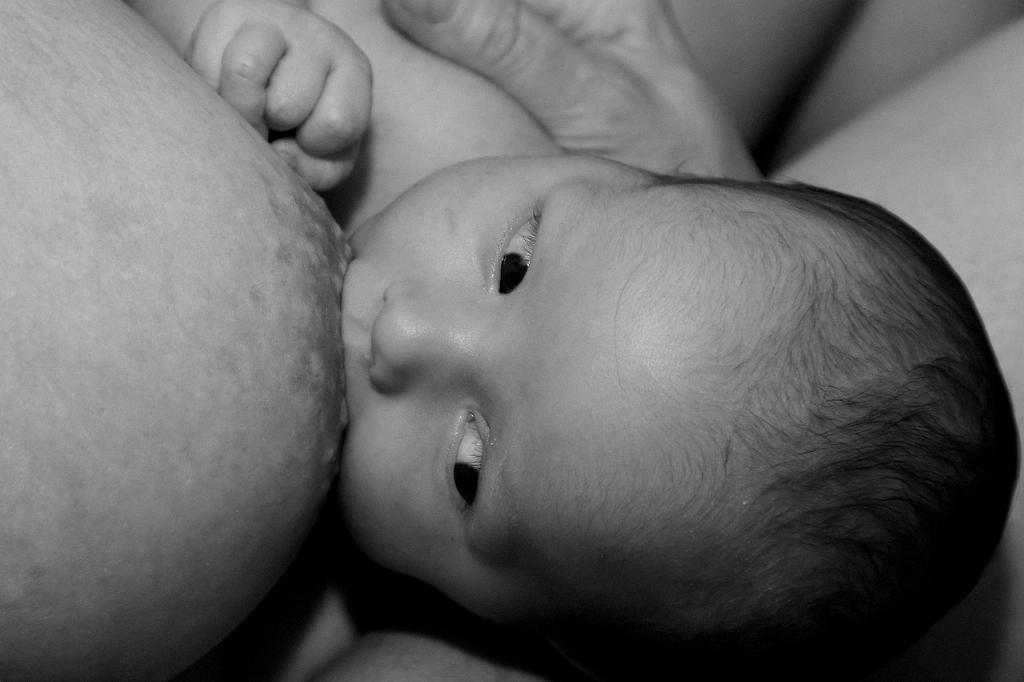One of the common issues that many breastfeeding parents face is dealing with peeling nipples from pumping. It can be uncomfortable and even painful, but there are steps you can take to help alleviate the discomfort and promote healing.
Use Lanolin Cream or Ointment
After every pumping session, it is recommended to apply a modified lanolin cream or ointment, such as Lansinoh or Tender Care Lanolin, to help moisturize the skin and prevent further peeling. These products create a protective barrier that can aid in healing and provide relief.
Apply Cool Moist Cloths
Another effective method to treat peeling nipples is to apply cool moist cloths to your breasts after pumping. The coolness can help soothe the skin and reduce inflammation, while the moisture can hydrate the area and prevent additional peeling.
Consider Cold or Ice Packs
If you are experiencing significant discomfort or swelling, you may also use cold or ice packs on your breasts after pumping. It is essential to ensure that the packs are not directly applied to the skin but placed on top of clothing to prevent ice burns. Use these packs for up to 20 minutes at a time for maximum benefits.
Avoid Rough Clothing and Materials
During this time, it is crucial to wear soft, breathable clothing to prevent further irritation to the nipples. Avoid rough fabrics or materials that can rub against the skin and worsen the peeling. Opt for loose-fitting tops and bras made from gentle fabrics.
Monitor Pumping Pressure and Duration
Check your pumping equipment to ensure that the pressure is not too high, as this can cause damage to the delicate skin of the nipples. Additionally, monitor the duration of your pumping sessions and take breaks if you start to experience discomfort. Consistent, prolonged pumping can lead to nipple trauma.
Pay Attention to Your Breast Pump Fit
Ensure that your breast pump flanges fit correctly to prevent unnecessary friction and pressure on the nipples. Ill-fitting flanges can contribute to peeling and discomfort. Consult with a lactation consultant if you are unsure about the proper fit of your breast pump parts.
Practice Gentle Breast Care
When dealing with peeling nipples from pumping, it is essential to practice gentle breast care. Avoid harsh soaps or cleansers that can further dry out the skin. Opt for mild, fragrance-free products that are gentle on the nipples and surrounding tissue.
Stay Hydrated and Maintain a Healthy Diet
Hydration is crucial for overall skin health, including the skin of your nipples. Drink plenty of water throughout the day to stay hydrated and promote healing. Additionally, eating a balanced diet rich in vitamins and minerals can support skin recovery and repair.
Seek Support from a Lactation Consultant
If you are struggling with persistent peeling nipples despite taking preventative measures, consider seeking support from a lactation consultant. They can provide personalized advice and guidance to help you address the underlying causes of nipple peeling and discomfort.
Take Breaks and Practice Self-Care
Remember to prioritize your own well-being and practice self-care during this time. Take breaks from pumping if needed and give yourself time to rest and heal. Engage in activities that help you relax and unwind, as stress can exacerbate skin issues.
Follow Up with Your Healthcare Provider
If your peeling nipples do not improve or if you experience severe pain, inflammation, or signs of infection, it is important to follow up with your healthcare provider. They can assess the condition of your nipples and recommend additional treatment options, if necessary.

